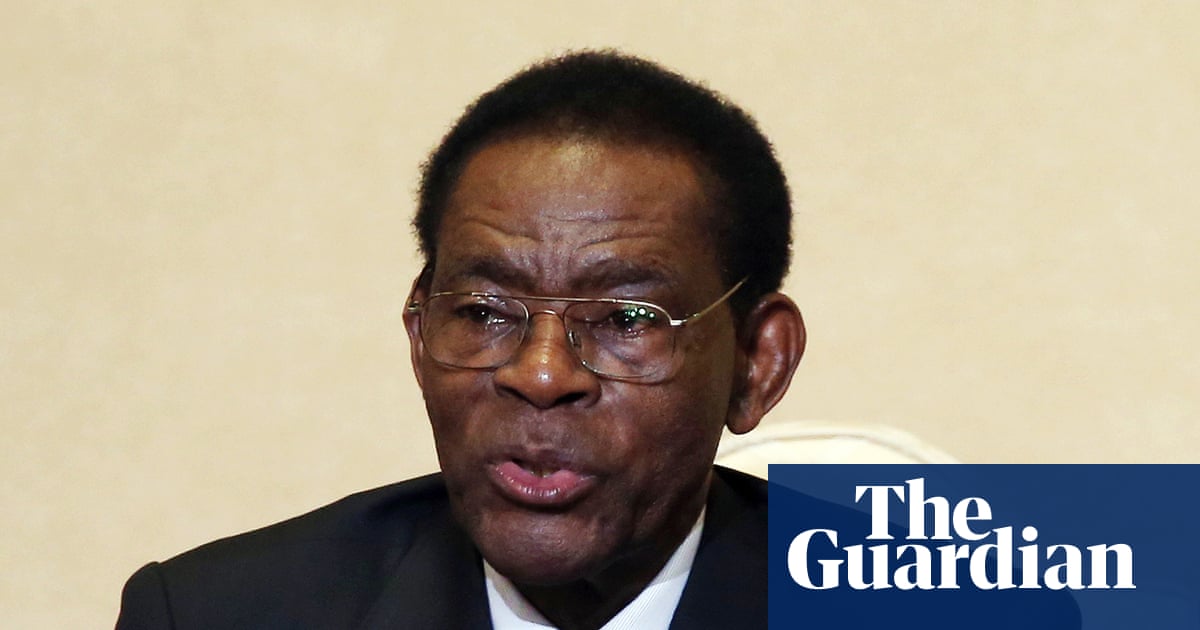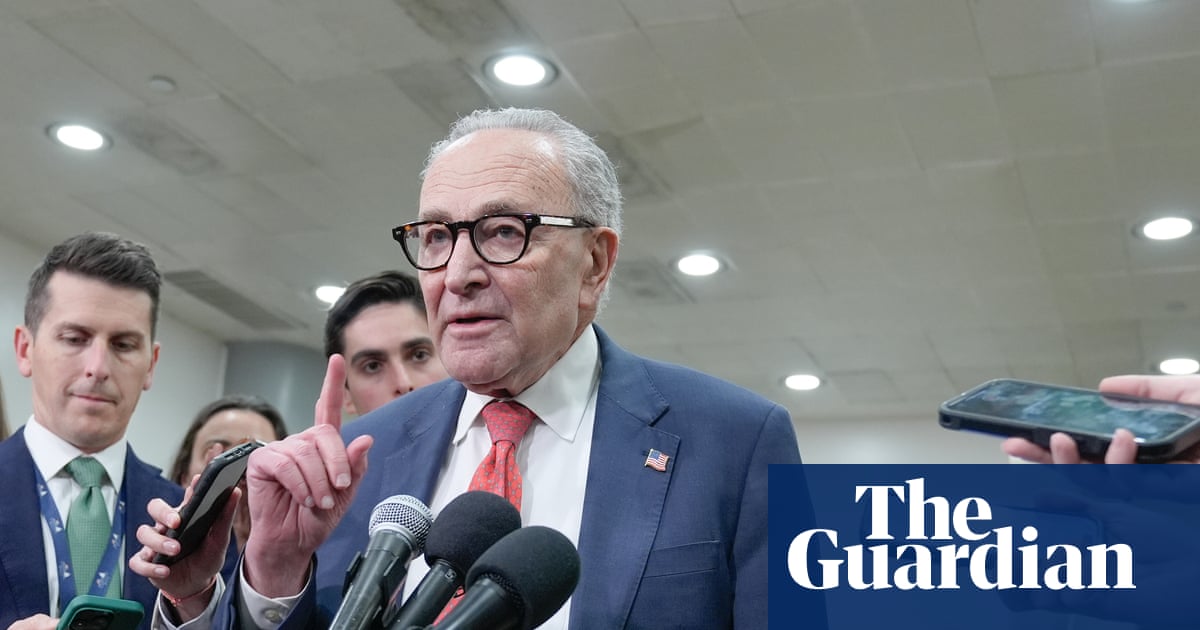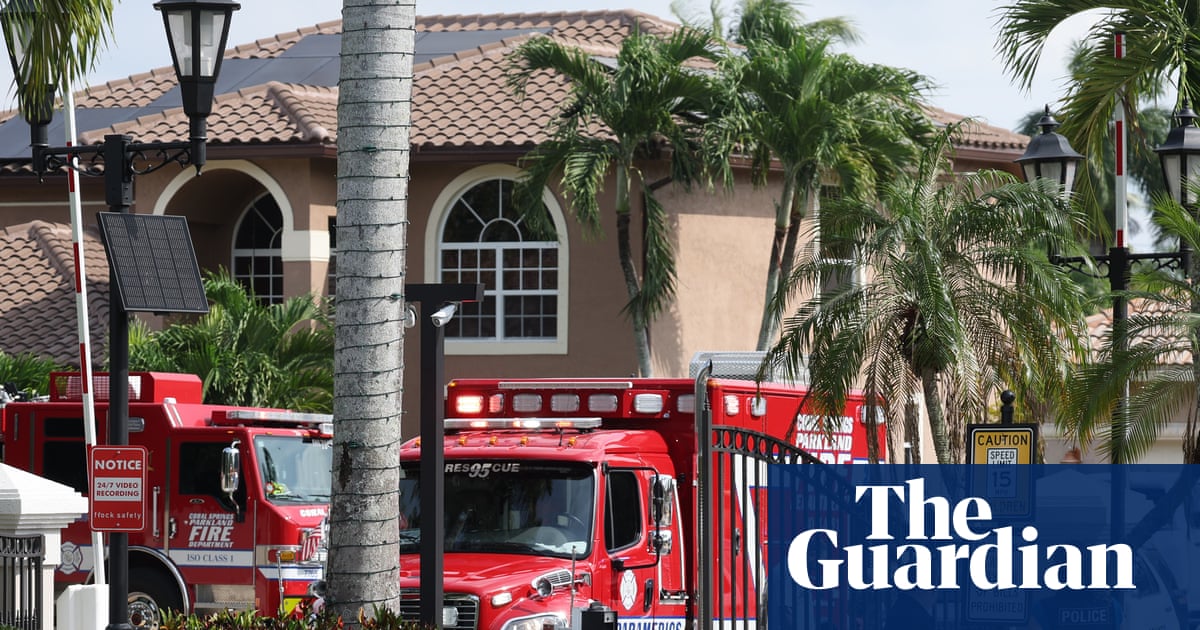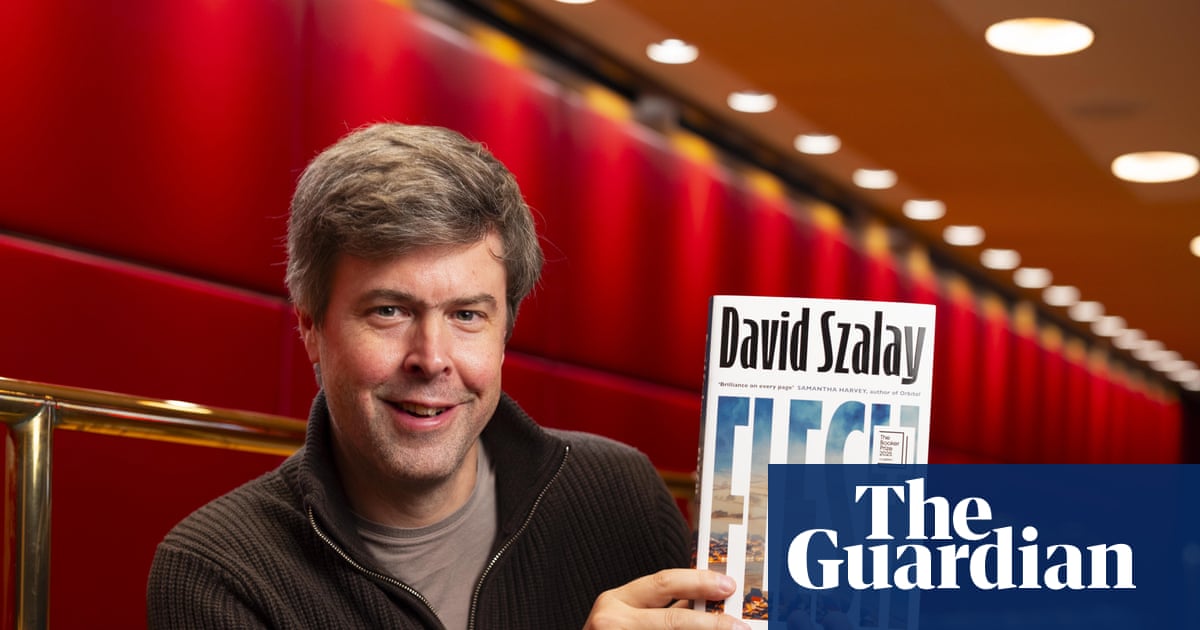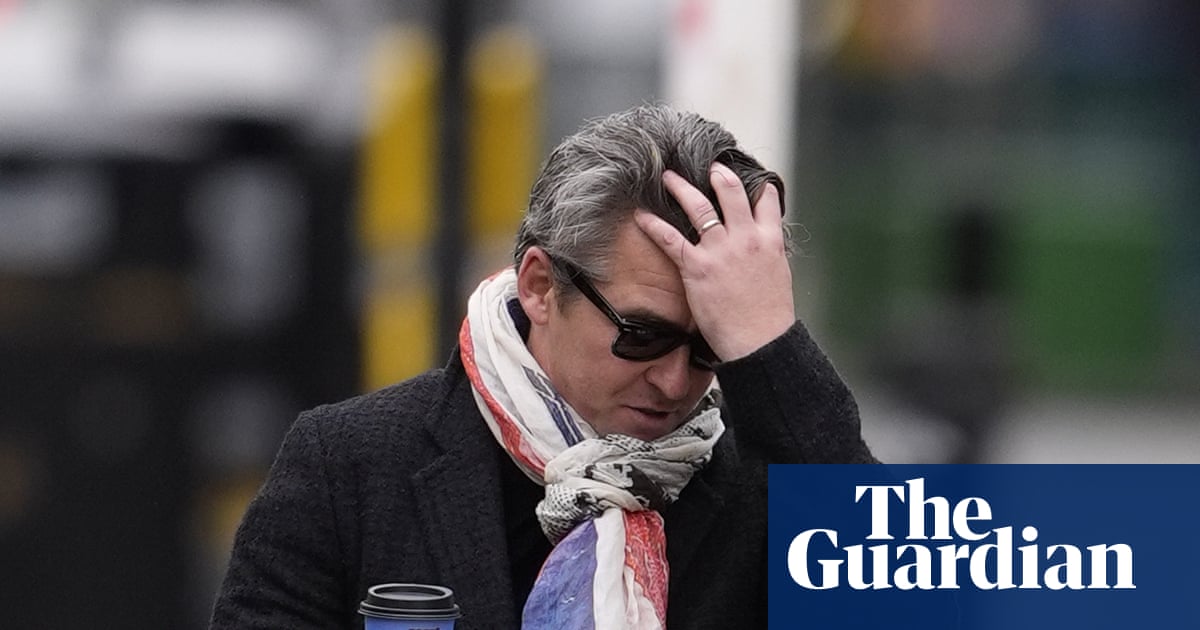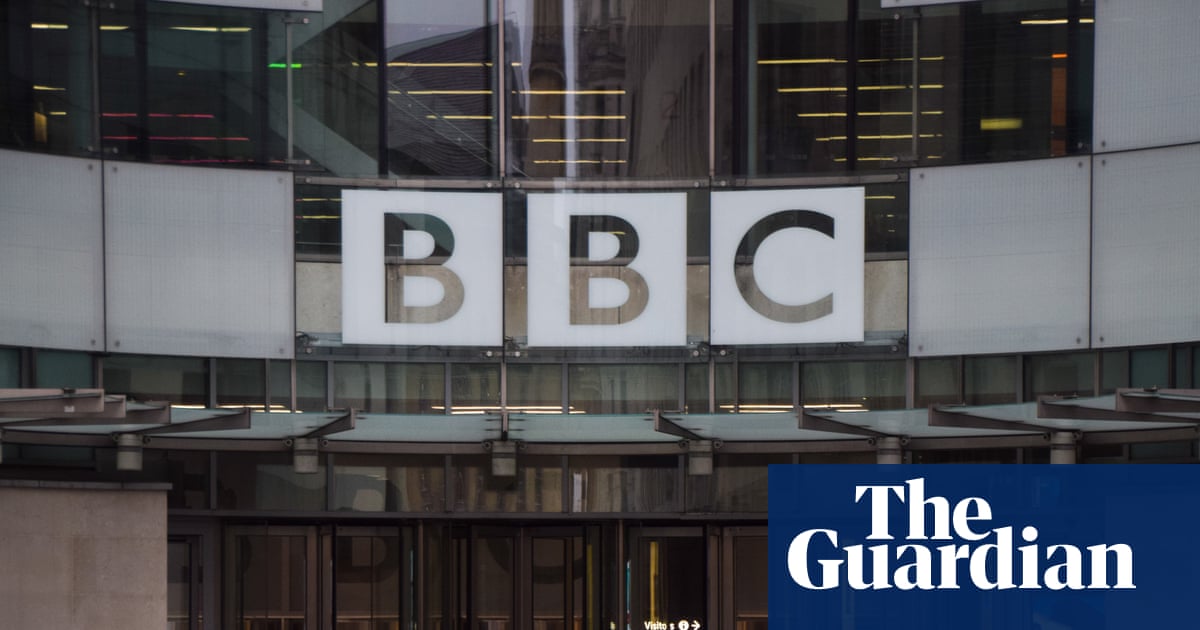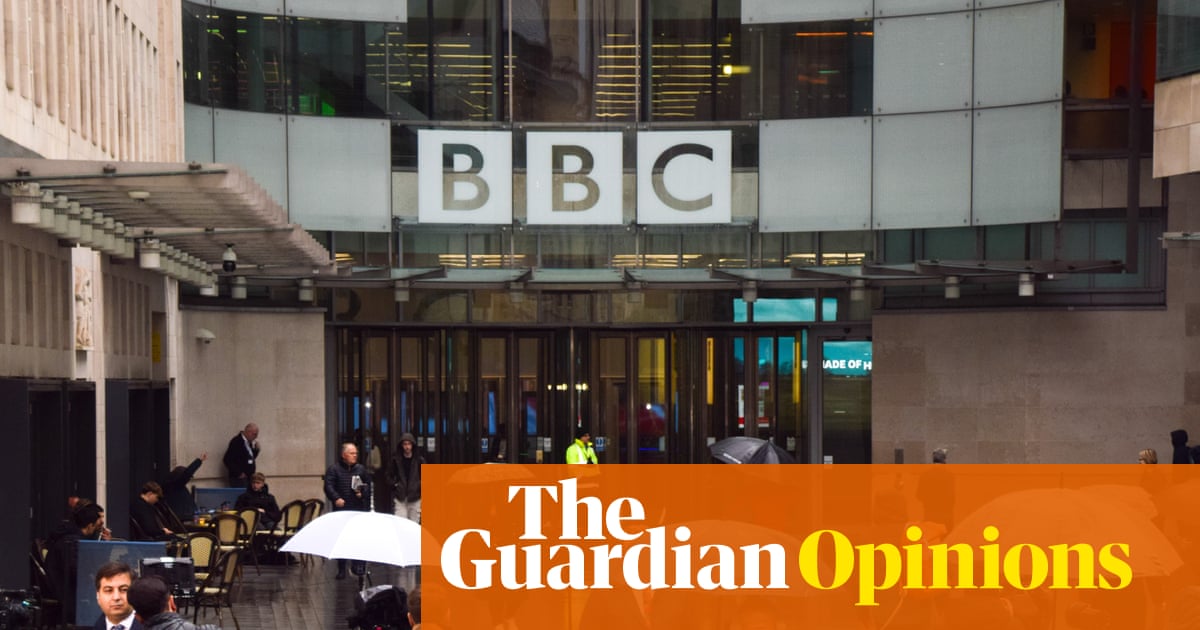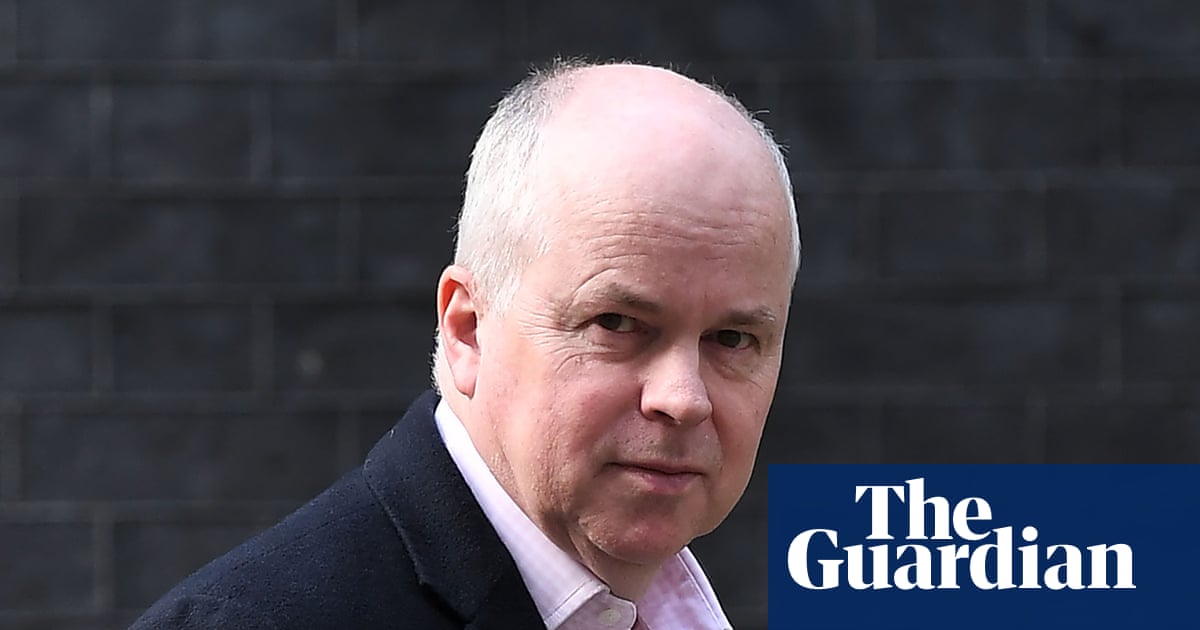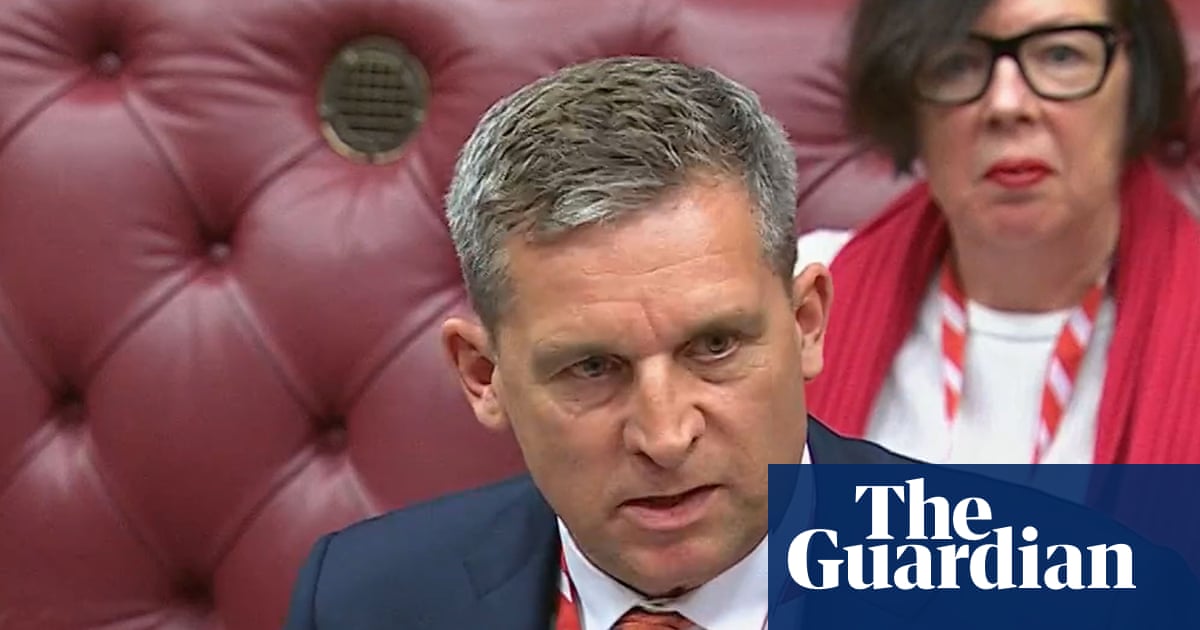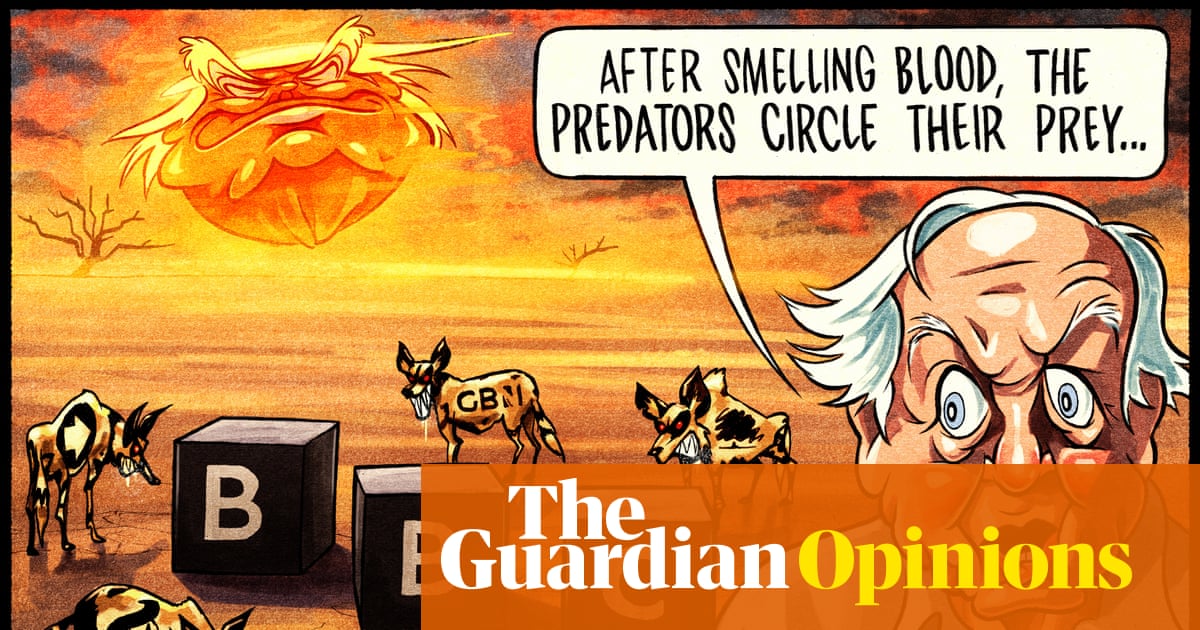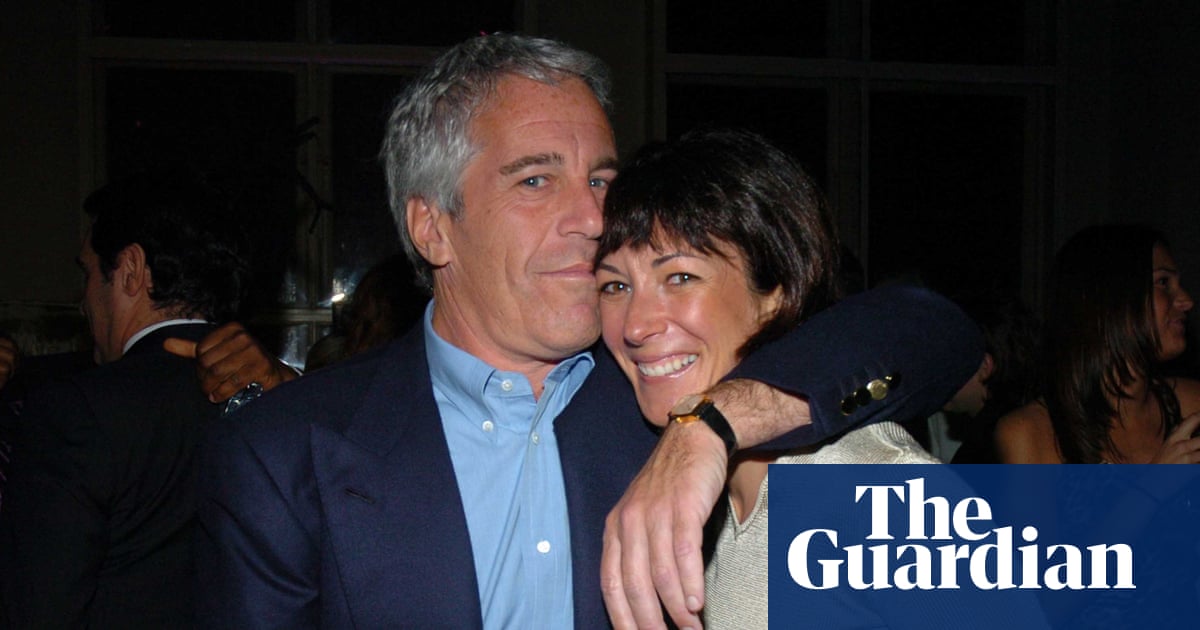US job creation has stalled and, despite the curbs on migration, unemployment is rising. Tariffs are pushing up the cost of imports. And Donald Trump is at war with the governor of his own central bank and wants him out.
But traders on Wall Street are not bothered by the fact that inflation is above the target or that growth is slowing. Share prices are testing new record levels on an almost daily basis. Jerome Powell, the man Trump wants to be rid of, says stocks are “fairly highly valued”, which is an understatement if ever there was one. By historical standards, stocks are extremely highly valued. There is trouble – perhaps big trouble – ahead.
Recessions happen rarely and the same goes for financial crashes. Both are predicted more often than they materialise. Leaving to one side the exceptional circumstances of the 2020 pandemic, it has been 17 years since there was a prolonged fall in share prices. Memories of the slump that followed the collapse of Lehman Brothers 17 years ago this month have dimmed. Traders in their 20s and 30s have little or no experience of what a genuine financial market panic feels like.
That’s the first warning sign. The longer the period between crises, the greater the complacency, the sense that the good times will go on for ever. Those who note that all previous booms have ended in painful busts are ignored. The old lie – it’s different this time – is trotted out.
The belief that the party will continue has pushed share prices ever-higher in New York and London, even though the reasons for the optimism are tenuous. In the UK, the economy is barely growing while inflation is running at almost double the Bank of England’s 2% target. As was the case last year, constant speculation about tax rises to be announced in the budget is hitting consumer and business confidence.
The record-breaking run of share prices on Wall Street is the result of a bet that artificial intelligence will raise the economy’s growth rate. That may happen, but it will be years before the impact is felt. The same was said of the IT boom that propelled share prices to dizzying heights in the late 1990s. It wasn’t different that time either.
No two market crashes are alike. The current state of affairs feels different from 2008, when the crash was caused by the overexposure of banks to the US housing market, and turbocharged by the widespread use of new financial instruments that were supposed to reduce risk but did the opposite. If there are parallels, they are with the recession-triggered stock market setbacks of the 1970s and early 1980s, when downturns were deliberately engineered to combat high inflation.
All of which makes the power struggle between Trump and Powell pivotal. Despite what the president might say, the performance of the US economy is mediocre at best, although the weaknesses have been disguised by the fact that the better-off have been doing just fine. The top 10% of earners account for almost half of consumer spending – the highest level since the late 1980s.
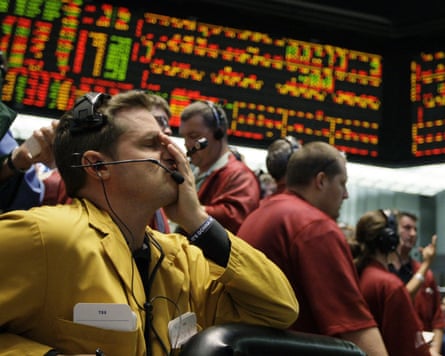
The bias towards the rich is nothing new but creates its own risks. Exposure to the stock market has never been higher, with 30% of the wealth of Americans accounted for by shares. Since share ownership is concentrated among the better-off, the US economy is relying on the Wall Street boom continuing, and for the rich to carry on spending their gains.
Americans trying to get by on low and middle incomes are not so fortunate. Since the end of the pandemic, they have seen their real incomes pretty much flatline. As one Wall Street analyst, Mark Zandi, put it, the fate of the US economy lies in the hands of the well-to-do. “As long as they keep spending, the economy should avoid recession, but if they turn more cautious, for whatever reason, the economy has a big problem.”
One obvious reason for the rich to turn more cautious would be a fall in share prices. If that happened, their wealth would take a hit and they would spend less. Growth would slow. Add in the negative impact of tariffs and there would be a genuine threat of recession next year. In those circumstances, Powell and his colleagues at the Federal Reserve would be expected to support share prices by cutting interest rates. Indeed, it is Wall Street’s certainty that the US central bank will bow to Trump’s pressure to do so that is preventing share prices from falling.
after newsletter promotion
Since the 1970s, central banks have prized low inflation over full employment, which has been good for owners of capital but not so good for labour. As Dario Perkins of the research firm TS Lombard puts it, just as trade unions were the custodians of full employment immediately after the second world war, so central banks were the custodians of neoliberalism. While ostensibly independent, they made sure that capital triumphed in the fight against labour – and carried on winning. In both the global financial crisis of 2008 and the pandemic, central banks took aggressive action to put a floor under share prices.
So Powell may well deliver, but he may not. The Fed has twin targets: to keep inflation at 2% over time and to support employment. Inflation is running at just under 3% so there is now a choice: keep interest rates higher than the markets expect in order to tame inflation, or ditch the inflation target to justify interest rate cuts.
Either way, the prospects are not good. If the Fed resists the pressure for cheaper borrowing, it increases the chances of the US economy falling into recession. If it bows to the pressure, it will keep the stock market bubble inflated – for now at least – but at the risk of higher inflation. This could well trigger a backlash from the bond markets, which in effect set the interest rates for mortgages and servicing the US national debt, currently 124% of GDP.
It is always easier to be wise after the event and identify the causes of stock market crashes with the benefit of hindsight. There should be no such problem this time. In the months to come, we shall see whether the bull market can survive the president’s attempt to set US interest rates from the White House. Wall Street seems untroubled by this. It shouldn’t be.
-
Larry Elliott is a Guardian columnist

 1 month ago
42
1 month ago
42
